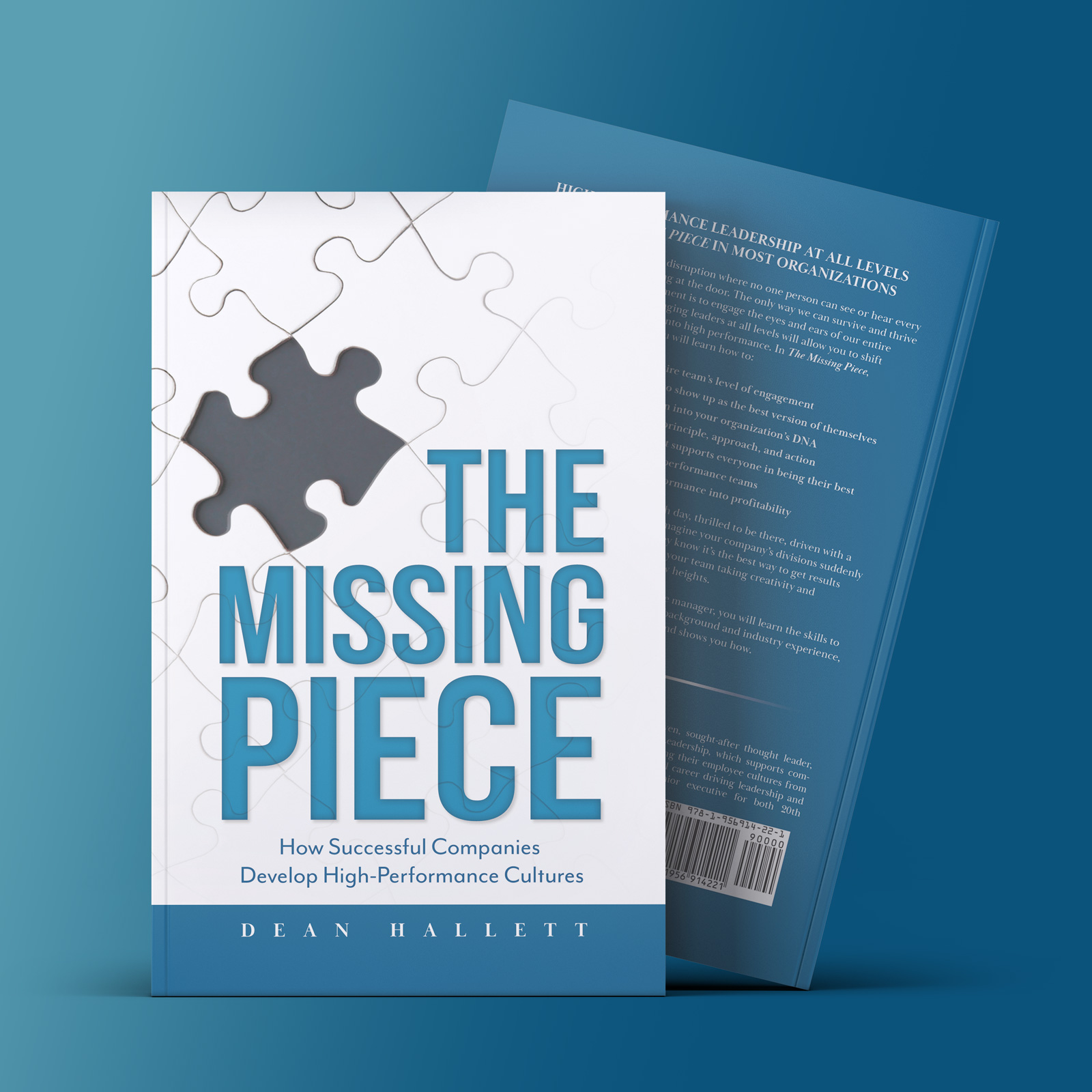Today, we’re going to talk about authenticity and authentic leadership in business. Sometimes that phrase “authenticity in business” throws people off. Just exactly what is meant by this? Let’s explore by way of a story. My story.
Back in 1979, I did an emotional intelligence training and I came up with my own personal vision statement. I shared it in another one of our episodes, but I’ll share it again. The statement is:
I am a powerful, compassionate, open leader.
Certainly an individual could create an idealistic vision statement like this one in a weekend workshop, and apply it in their personal life – but how does a person apply such a vision statement in a business environment?
In my case, how was I able to show that I’m a powerful, compassionate, open leader at work?
Luckily for me, I had a mentor who I met when I did that training, and I have worked with him for the past 30 to 40 years. Early on, he talked to me about this challenge of living the personal vision statement at work. It just didn’t have to be something for my personal life. He encouraged me that the statement heralded a potential transformation that I could make in my life and bring into business.
This process of applying the vision statement in a business environment really impacted me when I was at the Walt Disney Company. I had been in the internal audit group there, in the traditional line of accounting work, when I had an opportunity to take up a new role in Buena Vista Pictures Marketing.
Buena Vista Pictures Marketing was the marketing arm for the theatrical release of motion pictures for all of the different labels at the Walt Disney Company.
So here I was a finance guy, pretty much with just finance experience, coming into a new environment, working with creatives for the first time – very different people from my fellow accountants in the internal auditing department. While reflecting on how I might have the most impact in my new environment, I referred back to my personal vision statement.
I said: “Okay, I can be powerful. I can be a powerful executive – but at the same time, I need to be compassionate. And I also need to be open enough to see how they do business around here. Specifically, I need to see how creatives do business.”
The last thing I wanted to do in the new role was impede the creative process and be perceived by my creative teammates as the finance police. That would have been doomsday for any chance of success in my new role.
So instead, I created relationships. I spent time and energy getting to know people, getting to understand how they worked, and what was important to them. I worked towards alignment to see how we could work together effectively.
In response, people appreciated the fact that I was not coming in there and just telling them what to do. They appreciated that we were actually true partners in figuring out how to have not only the most effective marketing campaigns, but at the same time to not be economically foolish – as we could spend tens of millions of dollars on a single marketing campaign.
I believe to this day, that the experience of working with those creative people was a game changer for me. It was what set me on the path to become the Chief Financial Officer of the Walt Disney company, and to cement me in my career as an entertainment executive that lasted 27 years in total.
So I encourage you to show up and be an authentic leader and to establish your own vision; to exemplify who you aspire to be. To embody that North Star vision statement not only in your personal life, but to use it to embody authentic leadership in business life as well.
That’s it for today. Don’t forget to join our newsletter as we explore the process of developing tomorrow’s leaders today.




